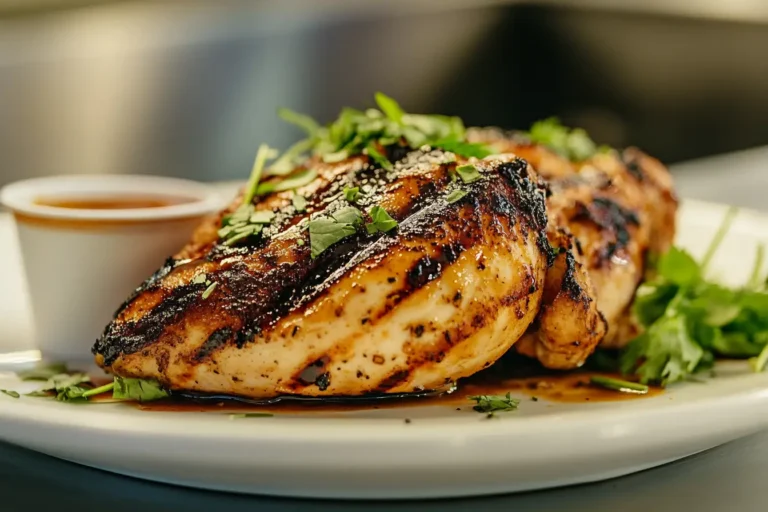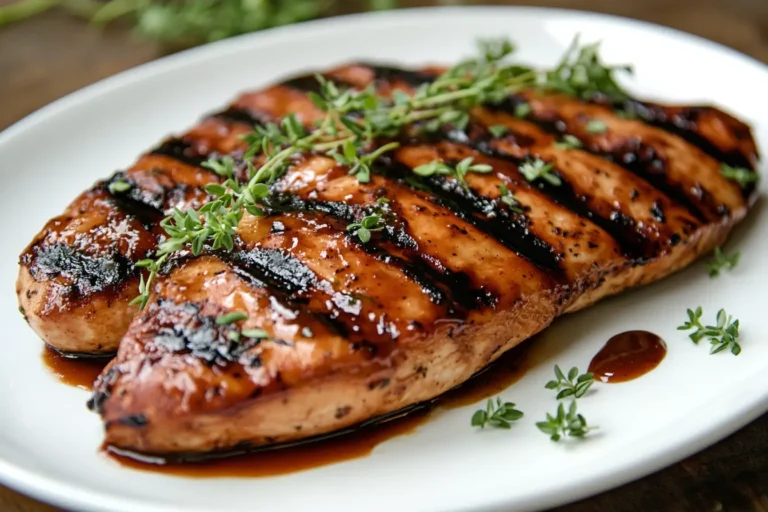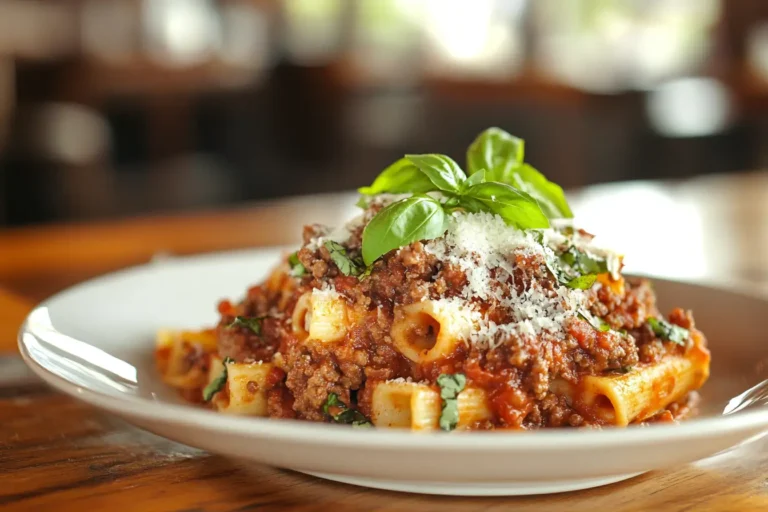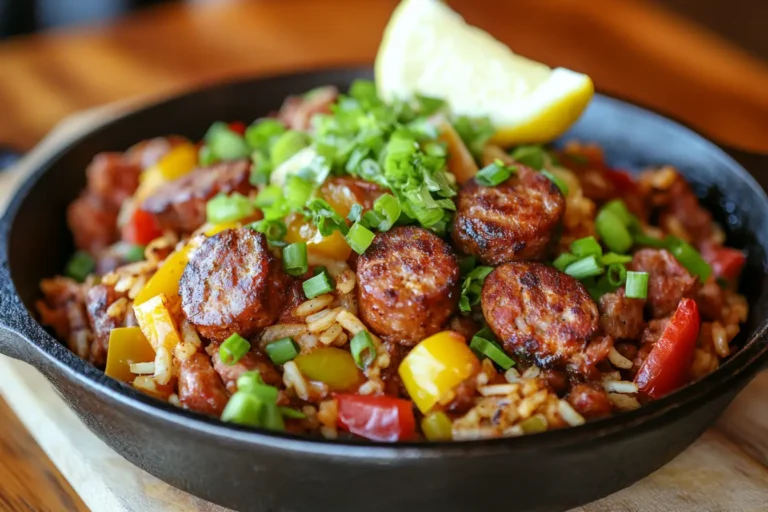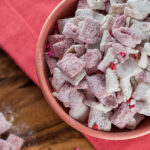The Best Fluffy Pancakes recipe you will fall in love with. Full of tips and tricks to help you make the best pancakes.

Salmon sushi is one of the most beloved Japanese delicacies, known for its rich, buttery texture and delicate umami flavor. But ordering the perfect salmon sushi isn’t just about picking a roll off the menu—it’s about understanding sushi etiquette, choosing high-quality fish, and knowing the best ways to enhance its flavor. In this guide, we’ll walk you through everything you need to know to master your salmon sushi order like a pro, with insights inspired by the refined dining standards of The New York Times.
Table of Contents
The Art of Ordering Salmon Sushi
Salmon sushi is a universal favorite, loved for its rich, buttery texture and delicate umami flavor. But ordering the perfect salmon sushi isn’t just about picking anything from the menu—it’s about understanding sushi etiquette, knowing your fish, and making the best choices for an authentic experience.
In this guide, we’ll explore how to order salmon sushi like a pro, avoid common mistakes, and even impress the sushi chef. Whether you prefer Alaska Rolls or traditional nigiri, this article will help you elevate your sushi game!
“The secret to enjoying sushi isn’t just in the fish—it’s in the entire experience, from selection to the first bite.”
Why Salmon Sushi Is a Global Favorite
Salmon wasn’t always a staple in sushi. In fact, it wasn’t until Norwegian seafood companies introduced high-quality, parasite-free salmon to Japan in the 1980s that it became widely accepted. Today, it’s one of the most popular sushi choices worldwide.
- Rich in Omega-3 Fatty Acids: Great for heart health and brain function.
- Soft, Buttery Texture: Perfectly complements sushi rice.
- Versatility: Can be enjoyed raw, seared, or marinated.
The Influence of Japanese Dining Culture on Sushi Ordering
Ordering sushi isn’t just about the food—it’s about respecting Japanese traditions. In Japan, sushi is an art form, and proper etiquette can enhance your dining experience.
Key Sushi Etiquette Tips:
- Let the sushi chef guide your order if possible (Omakase-style).
- Use chopsticks for sashimi, but hands are acceptable for nigiri.
- Dip only the fish side into soy sauce—never soak the rice!
- Eat ginger between bites as a palate cleanser, not as a topping.
Understanding Different Types of Salmon Sushi

Not all salmon sushi is the same! Here are some of the most popular ways to enjoy salmon in sushi:
Nigiri vs. Sashimi: What’s the Difference?
Many sushi lovers confuse these two, but they are quite different:
| Type | Description |
|---|---|
| Nigiri | A slice of salmon over a small bed of rice, often brushed with soy sauce. |
| Sashimi | Thinly sliced raw salmon, served without rice. |
Popular Salmon Sushi Rolls and Their Ingredients
Here are some of the best-known sushi rolls featuring salmon:
- Alaska Roll: Salmon, avocado, and cucumber, often with a touch of tobiko.
- Philadelphia Roll: Salmon, cream cheese, and cucumber.
- Spicy Salmon Roll: Salmon mixed with spicy mayo and wrapped with rice and seaweed.
Omakase Experience: Letting the Chef Decide
If you’re at a high-end sushi bar, consider trying Omakase, which means “I’ll leave it up to you.” The sushi chef selects the freshest, highest-quality fish available, ensuring a one-of-a-kind experience.
Fresh vs. Farmed Salmon: What You Need to Know
One of the biggest debates in sushi is whether to choose fresh wild salmon or farmed salmon. Each has its pros and cons:
| Type | Pros | Cons |
|---|---|---|
| Wild Salmon | Richer flavor, leaner, higher in omega-3. | More expensive, seasonal availability. |
| Farmed Salmon | Available year-round, fattier texture. | May contain artificial coloring, lower omega-3 levels. |
How to Identify High-Quality Sushi-Grade Salmon
When ordering salmon sushi, you want to make sure you’re getting the best quality. Here’s what to look for:
- Color: Vibrant orange with marbling (but not too pale or too bright).
- Smell: Fresh ocean scent—never fishy.
- Texture: Firm, not mushy.
- Source: Look for restaurants that use sustainable seafood.
Sustainable Seafood Choices and Ethical Ordering
With overfishing becoming a major issue, it’s important to choose sustainable salmon. Here’s how:
- Ask if the restaurant sources from certified sustainable fisheries.
- Choose MSC-certified wild salmon when possible.
- Avoid places that serve endangered species like bluefin tuna.
Common Mistakes People Make When Ordering Salmon Sushi
Even sushi lovers make mistakes when ordering. Here are some of the most common:
Overloading with Soy Sauce or Wasabi
Dipping your sushi in too much soy sauce or mixing wasabi into it is a big no-no. It overpowers the delicate flavor of the fish.
Ignoring the Importance of Sushi Rice Quality
Sushi isn’t just about the fish—rice quality matters just as much. Good sushi rice is slightly warm, sticky, and seasoned with rice vinegar.
Ordering the Wrong Cut of Salmon for Sushi
Not all cuts of salmon are ideal for sushi. Avoid tough, sinewy pieces and opt for fatty, tender cuts.
“A great sushi experience isn’t just about what you order—it’s about how you eat it.”
Best Toppings and Sauces for Salmon Sushi

Want to elevate your salmon sushi experience? The right toppings and sauces can enhance the natural umami flavor of the fish without overpowering it. Whether you enjoy traditional flavors or modern twists, here are the best ways to top your salmon sushi.
Traditional vs. Modern Toppings: What Works Best?
Traditional Japanese sushi focuses on simplicity, allowing the fish to shine. However, modern sushi bars have introduced creative toppings that add extra flavor and texture.
| Type | Traditional Toppings | Modern Toppings |
|---|---|---|
| Classic Nigiri | Wasabi, soy sauce, pickled ginger | Truffle oil, caviar, microgreens |
| Specialty Rolls | Toasted sesame seeds, tobiko | Spicy mayo, crispy tempura flakes |
| Sashimi | Shiso leaf, daikon radish | Yuzu ponzu, jalapeño slices |
Pairing Sauces and Condiments for the Ultimate Flavor
Although soy sauce is the go-to dipping option, there are many other condiments that can bring out the best in salmon sushi.
- Ponzu Sauce: A citrus-based sauce that adds a refreshing tang.
- Spicy Mayo: A creamy, slightly spicy topping perfect for rolls.
- Yuzu Kosho: A Japanese chili paste with citrus notes, adding heat and depth.
- Eel Sauce (Unagi Sauce): A sweet-savory glaze that complements grilled salmon sushi.
- Wasabi: Best used sparingly—too much can overpower the delicate salmon flavor.
“The best sushi toppings enhance, not mask, the natural beauty of the fish.”
Pro Tips for the Best Salmon Sushi Experience
If you want to order and enjoy salmon sushi like a seasoned sushi lover, these expert tips will take your experience to the next level.
How to Spot a Great Sushi Bar
Not all sushi restaurants are created equal. Here’s how to find a place that serves top-quality salmon sushi:
- Look for a high customer turnover—fresh fish is constantly being served.
- Observe the sushi chef’s station—cleanliness is key.
- Avoid all-you-can-eat sushi places; they often use lower-quality fish.
- Ask if the salmon is sourced from sustainable fisheries.
For more information about other high-quality seafood options, check out this Ultimate Guide to Lump Crab Meat.
Ordering Like a Local: Insider Tips from Sushi Experts
Japanese locals follow a few unspoken rules when ordering sushi. Here’s how you can do the same:
- Start with lighter fish, like white fish, before moving to richer fish like salmon.
- If available, try Omakase—it guarantees the freshest selections.
- Ask the chef for their daily special; they often have exclusive cuts not listed on the menu.
- Eat sushi in one bite whenever possible—it’s designed that way!
“Great sushi isn’t just about what you order; it’s about how you enjoy it.”

Frequently Asked Questions (FAQs)
Still have some questions about salmon sushi? Here are the most common queries answered.
What is a salmon sushi roll called?
There are different names for salmon sushi rolls depending on their ingredients:
- Alaska Roll – Salmon, avocado, and cucumber (learn more).
- Philadelphia Roll – Salmon, cream cheese, and cucumber.
- Spicy Salmon Roll – Diced salmon with spicy mayo and scallions.
What is the correct order of eating sushi?
The best way to eat sushi is to follow a light-to-rich progression:
- Start with white fish (like snapper or flounder).
- Move to richer fish, such as tuna and salmon.
- Finish with eel or fatty tuna for the most indulgent bites.
- Eat miso soup or a light dish at the end to cleanse your palate.
What cut of salmon is best for sushi?
The ideal cut for salmon sushi depends on the texture you prefer:
- Chutoro (medium-fat belly): A perfect balance of rich flavor and tenderness.
- Otoro (fatty belly): The most luxurious and buttery option.
- Akamizake (leaner cut): A firmer texture with a milder taste.
What is sushi-grade salmon called?
Sushi-grade salmon is often labeled as “saku” salmon, which means it has been frozen to kill parasites and is safe for raw consumption.
Elevate Your Sushi Order Like a True Connoisseur
Now that you’ve mastered the art of ordering salmon sushi, you’re ready to enjoy the best sushi experiences possible. From choosing the freshest fish to pairing it with the right toppings, you have all the tools to order like a pro.
Remember, sushi is more than just a meal—it’s an art form. Respect the traditions, savor every bite, and don’t be afraid to experiment with new flavors!
If you’re looking for another delicious seafood dish, check out this Ultimate Guide to Lump Crab Meat for more inspiration.
“Sushi is best enjoyed when you let the flavors speak for themselves.”

